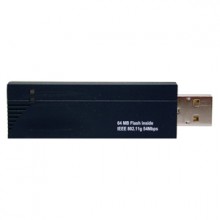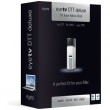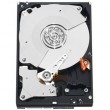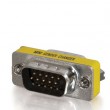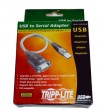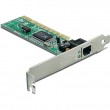 Loading... Please wait...
Loading... Please wait...Categories
Our Newsletter
Addlogix USB Wireless Adapter MA-WL-USB
Product Description
The USB 2.0 Wireless Adapter by Addlogix allows users to easily connect desktop or notebook computers to wireless networks for Internet and file sharing. Mac and PC users alike will find this adapter to be an invaluable tool.
Features:
• Best OS compatibility in the market: Macintosh OS, Windows 98SE , ME, 2000, XP and Linux Redhat (v7.1 and later)
• Compliant with IEEE 802.11b/g
• Excellent receiver sensitivity for best-in-class range
• Lowest CPU utilization reserves system resources for other functions
• Enhanced Security with 64/128 bits WEP support & works with Windows XP SP1 security WPA functions
• Easy Installation and management
• Software AP with NAT and WDS
• Acts as a bridge/repeater to extend network coverage
Specifications:
|
Host interface |
USB 2.0 |
|
Network Compatibility |
IEEE 802.11g, backward compatible with 802.11b device |
|
Data Rate |
802.11g: 6, 9, 12, 18, 24, 36, 48, 54Mbps |
|
Modulation |
OFDM, CCK (11Mbps, 5.5Mbps), DQPSK (2Mbps), DBPSK (1Mbps) |
|
Technology |
OFDM and DSSS |
|
Network Architecture Types |
Infrastructure and ad-hoc |
|
Operating Frequency |
2.412-2.462 GHz |
|
Operating Channels |
CH1~CH11 () U.S. |
|
RF Output Power |
14 ~ 17 dBm (at nominal temp. range) |
|
Antenna |
Onboard Inverted-F antenna to support diversity |
|
Range (varies based on environment) |
Indoor 130 ft (40 m), |
|
Receiver Sensitivity |
PER< 8% @ length=1024 octets (at nominal temp. range) |
|
Power Consumption |
TX power consumption:350~450 mA |
|
WEP |
40/128-bit WEP; each includes 4 user-defined keys |
|
Utilities |
Mobile control center: Integrate all tools and indicate real time status information on system tray |
|
Windows XP Compatibility |
Native support for all built-in WLAN functions, like Zeroconfig, Media Sense and 802.1x |
|
Support OS |
Macintosh OS 10.3.9 & 10.4, Windows 98SE , ME, 2000, XP and Linux Redhat (v7.1 and later) |
|
LED Indicators |
LNK(Link); PWR(power) |
Warranty Information
Other Details

Product Reviews
-
Installed it worked just within few minutes.

Posted by John Cruz on 24th Jan 2010
I have an ancient G3 iBook running Tiger OS, which refuses to retire. The setup was easy did not have any problem.
Follow the steps below:
1. Install drivers
2. Restart machine
3. Plug in USB adapter
4. Open and set network preferences
Bingo!
Customers Who Viewed This Product Also Viewed
-
$199.95

-
$249.00

-
$149.00

-
$249.00$159.88







